Zigbee, Z-Wave or WiFi for smarthome?
- Posted on
- 0

Zigbee, Z-Wave or WiFi?
Zigbee, Z-Wave and WiFi are the most popular smarthome protocols. But what are the differences and which one is suitable for my installation? I will help you with that in this article.
The main features per protocol in a row:
| Zigbee | Z-Wave | WiFi | |
| Hub required: |
Yes, with Zigbee connection No, with Touchlink connection |
Yes | No, at WiFi router |
| Network | Open | Closed | Open |
| MESH network | Yes | Yes | No |
| Max. number of connectable devices | Between 50-65,536 depending on the hub |
Between 40-232 depending on the Hub |
10 |
| Energy consumption | Low | Low | Higher than Zigbee and Z-Wave |
| Frequency | 2.4 GHz | 868 mHz | |
| Network stability | Less than Z-Wave, but better than WiFi | Better than Zigbee and WiFi | Least because of multiple devices on WiFi network |
| Response speed | Good | Less than Zigbee and Z-Wave | Good |
| Popular smarthome systems |
|
|
|
What does this mean concretely?
Zigbee
The Zigbee protocol is an open standard that enables a wireless connection between short-distance devices. The basis for creating a Zigbee network is a Hub, as this Hub sets up the Zigbee network. Once you have a Zigbee network, you can start connecting devices to it. The devices together form a so-called MESH network. This means that the devices can communicate with each other. This makes it possible to achieve a long range because the devices reinforce each other. In theory, it is possible to link as many as 65,536 devices together in a single network.
In addition, Zigbee devices are often energy-efficient in use because the Zigbee chip consumes little power. The Zigbee protocol uses the 2.4GHz frequency. This makes the range somewhat shorter compared to its competitor Z-Wave. Of course, you always need a Hub for a Zigbee network, which can be perceived as a disadvantage. Another disadvantage is that some providers of the Zigbee Hub shield it in such a way that not all devices are compatible with it.
EcoDim offers in this:
Z-Wave
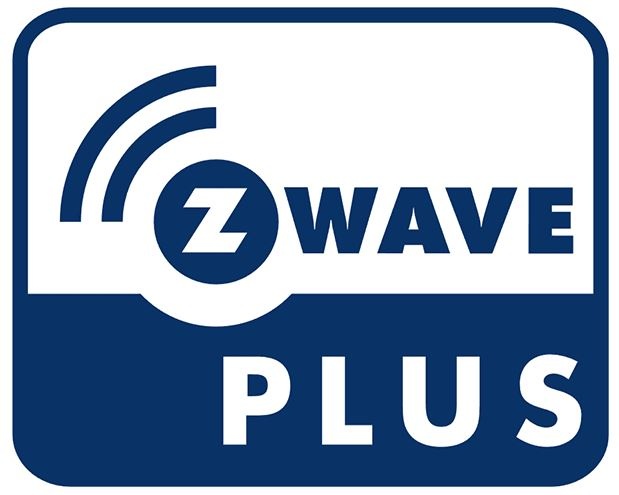
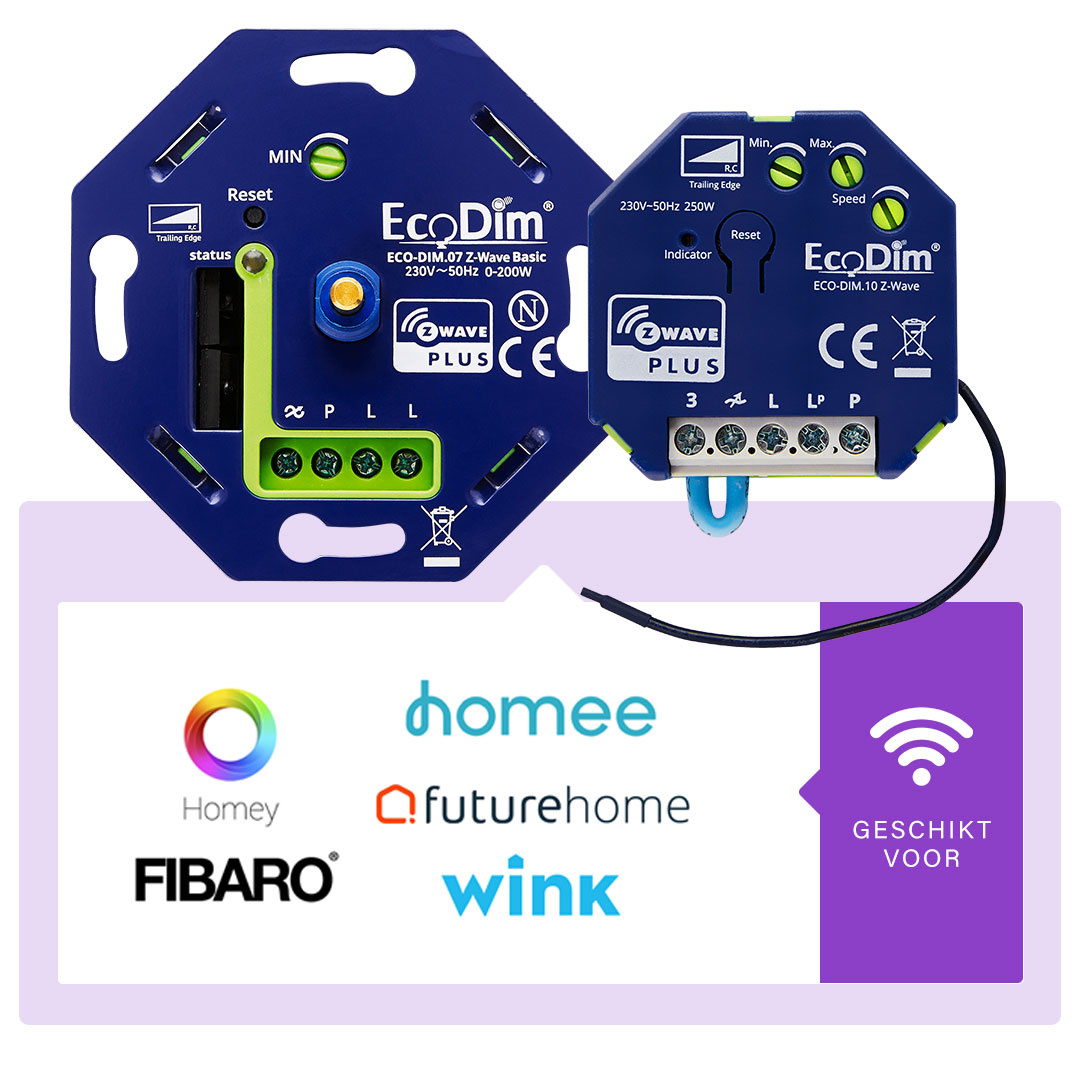
As with the previous protocol, Z-Wave uses a MESH network to allow devices to communicate with each other. The Z-Wave protocol uses the 868 MHz frequency. This low frequency allows the signal to pass through walls more easily, for example, which means the range is considerably greater than with the Zigbee protocol, for example. A Z-Wave device has an average range of ±24 metres indoors and up to 90 metres outdoors. In contrast to this great range, however, the data transmission speed is a lot slower, which means that commands come over just a bit slower than with a Zigbee or WiFi device.
Z-Wave devices, like Zigbee devices, are energy-efficient to operate. One disadvantage is that Z-Wave chips are a lot more expensive which often results in higher prices. In addition, in a Z-Wave network you can only link up to 232 devices. This seems like a lot, but the larger the home is, the faster you will also reach this number of devices.
EcoDim offers in this:
WiFi
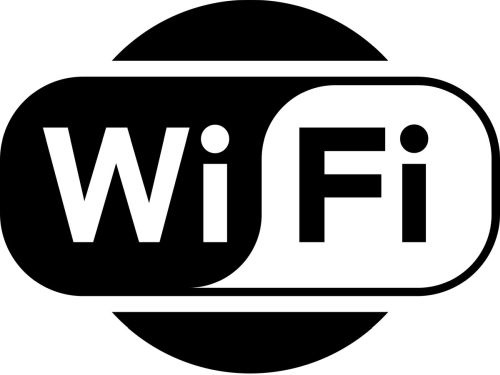
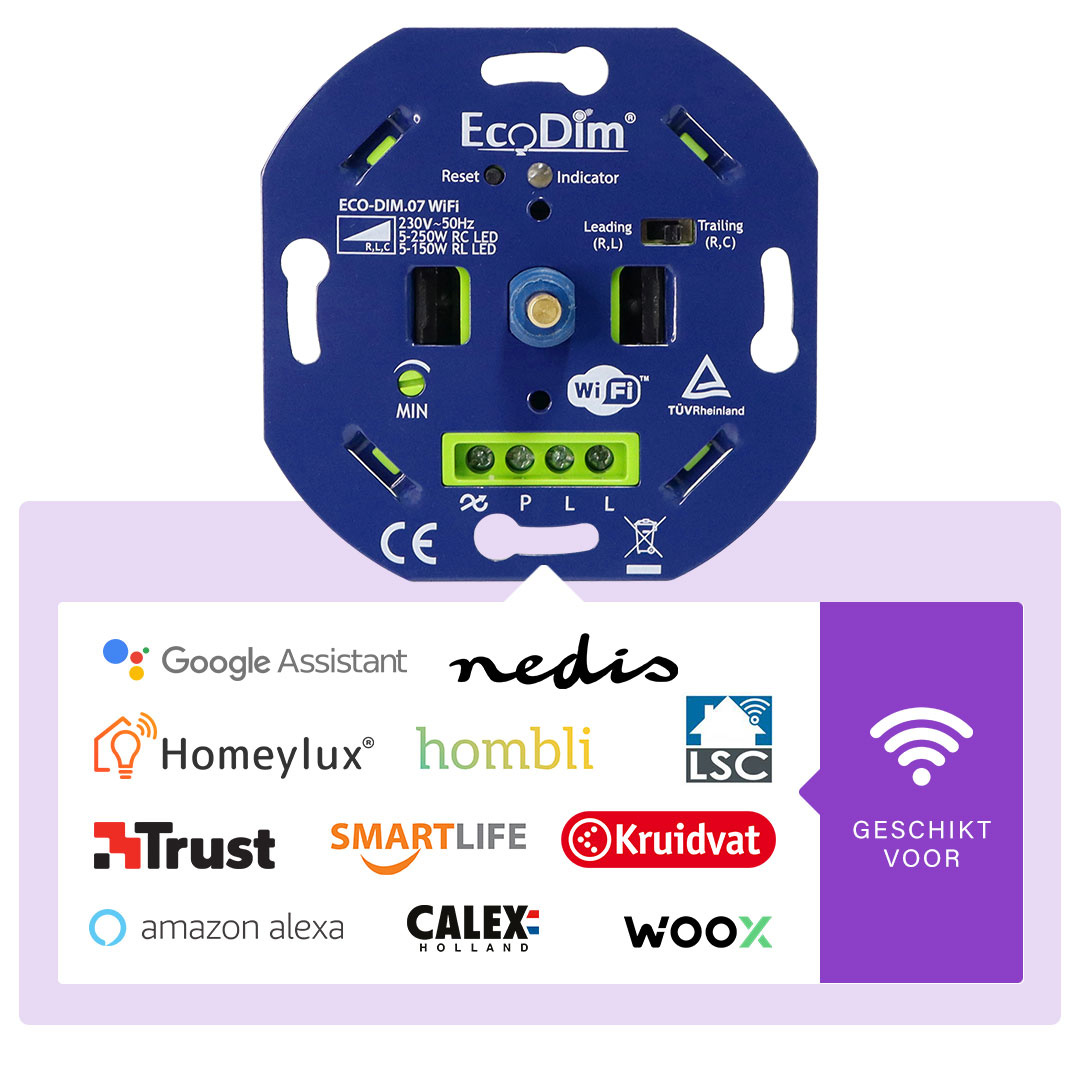
The WiFi protocol is very accessible for those who want a small smarthome installation. All households do have a wireless WiFi network. The threshold to start using WiFi devices is therefore very low. At the same time, this is also a disadvantage, because many devices inside the home already use this network, which in turn can cause interference and noise. In addition, fewer devices can be connected to a WiFi network than to a Zigbee or Z-Wave network.
A big advantage of WiFi is that indoor network coverage is often already good. So you can connect WiFi devices to the router anywhere in the house. Because WiFi is already so widely accepted, the prices of these devices are often also a lot lower than its counterparts. Unfortunately, devices using WiFi are less energy-efficient than Zigbee and Z-Wave devices, for example. This results in the fact that e.g. on a WiFi dimmer at least 2 LED lamps should be connected for optimal dimmability. This is in contrast to at least 1 LED lamp on Zigbee and Z-Wave dimmers.
EcoDim offers this:













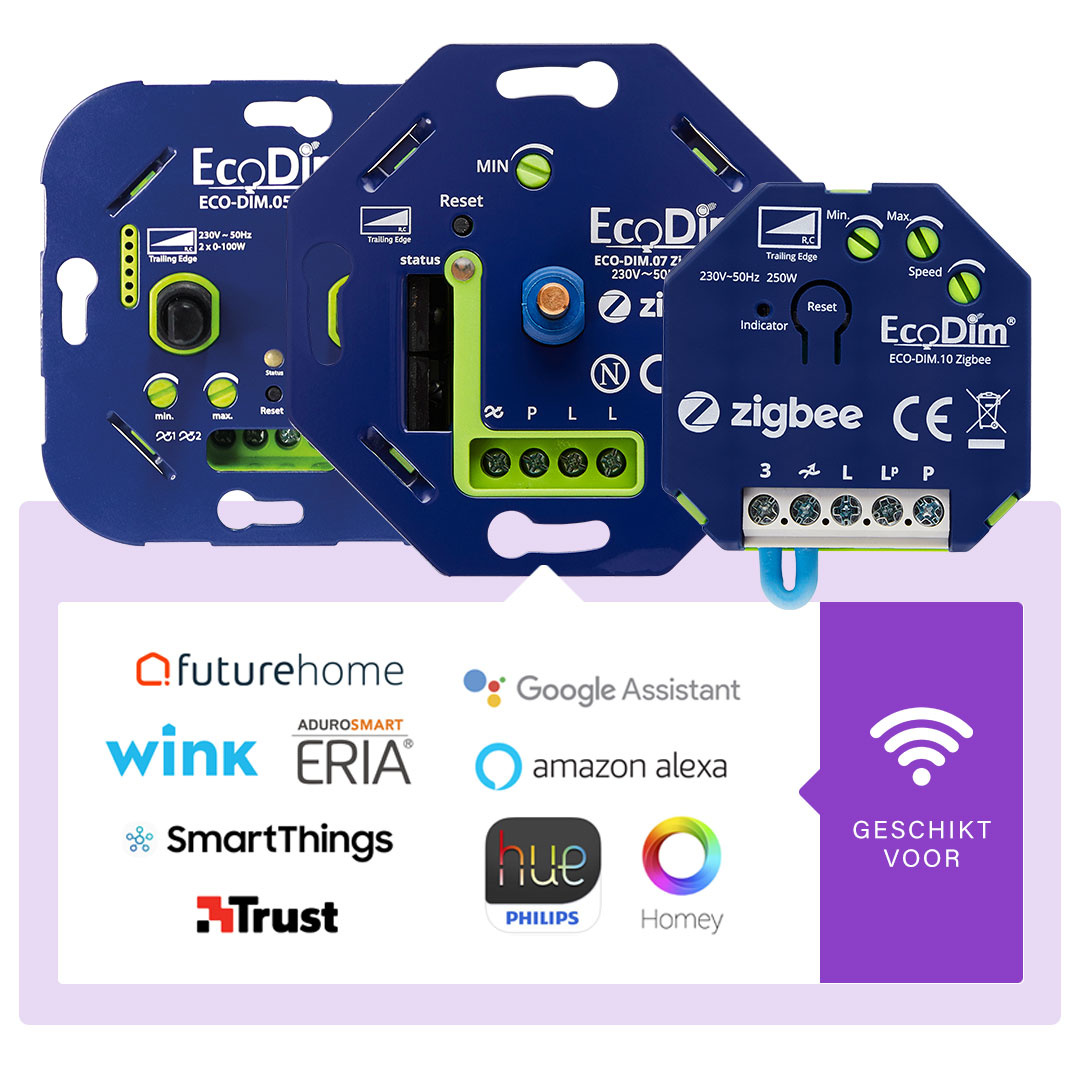
Comments
Be the first to comment...